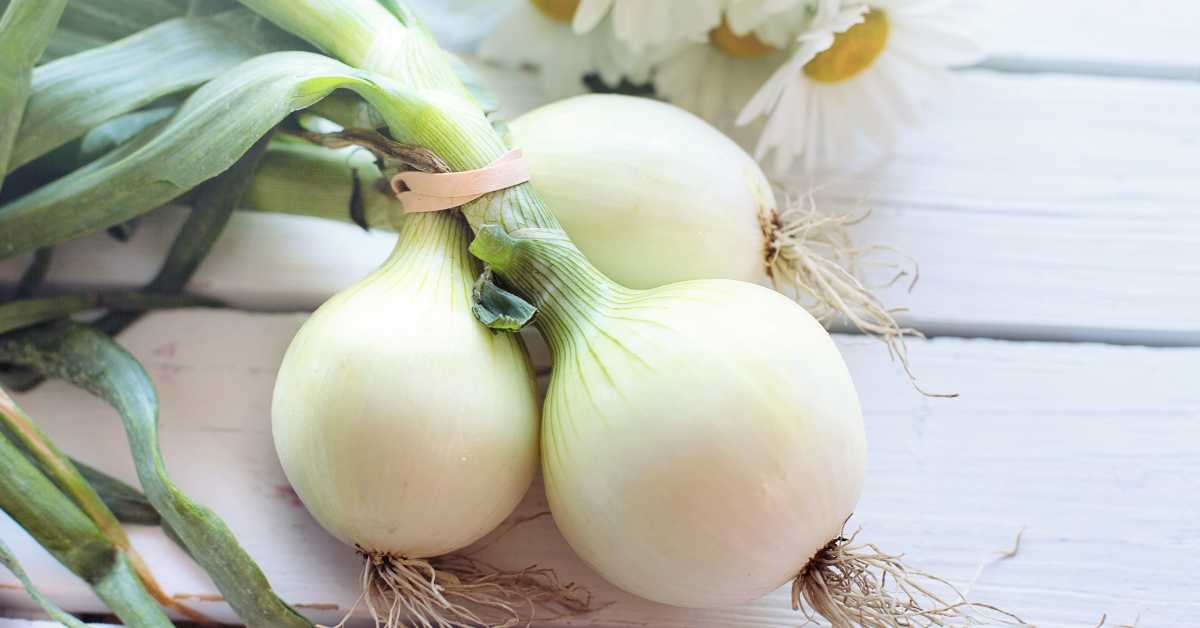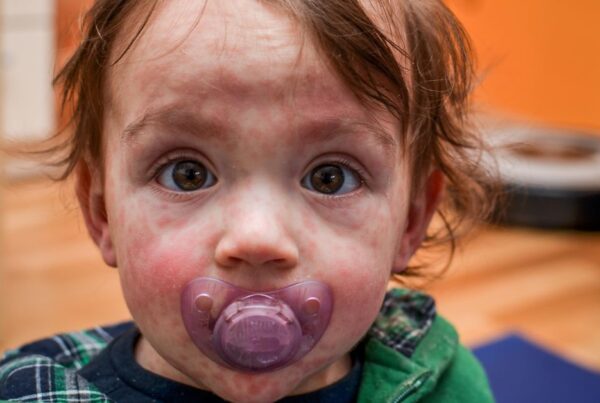Many parents wonder how to treat diarrhea in infants and kids. Treating diarrhea properly means identifying and removing the cause of diarrhea while also managing the symptoms. This article covers the most common causes of diarrhea in infants and kids, then outlines basic home-care for diarrhea.
What Is Diarrhea?
Diarrhea refers to bowel movements that are softer than usual, runny, watery, and may contain blood, mucus, and undigested food.
Healthy infant bowel movements are soft and mushy. It is normal for them to contain small amounts of undigested food while weaning. However, watery poop and blood or mucus in the stools are signs of diarrhea to watch out for in infants. Children should have bowel movements similar to adults, and soft, unformed, runny, or watery poop indicates diarrhea.
Treating The Causes Of Diarrhea
Diarrhea is usually caused by an irritation to the lining of the intestines, infection, dysbiosis, or emotional upset.
Intestinal irritation can be caused by a food intolerance, drug side effect, incomplete digestion of food, or overeating of fatty foods. Sometimes diarrhea can be caused by overeating fruits as well. I have some great articles about how to identify food intolerances using an elimination diet and how to improve digestion and repair the gut.
Sometimes gastrointestinal drug side effects can be improved if you administer the medication with a meal. However, sometimes medications cause diarrhea as a result of how they function in the body. For example, antacids reduce stomach acid which can hinder complete protein digestion, which can lead to side effects like diarrhea and the development of food allergies.
Infections are another common cause of diarrhea in infants and children. Viruses, bacteria, and parasites can all cause gastrointestinal infections. Additionally, infants and small children often get diarrhea along with upper respiratory tract infections. Antimicrobial medications, like ginger or black cumin seed oil, are helpful for quickly resolving the infection while managing the symptoms of diarrhea as described in the next section.
Antidiarrheal medications should generally be avoided when dealing with infectious diarrhea because diarrhea is the body’s way of ridding itself of infection. However, sometimes a doctor will recommend an antidiarrheal medication if diarrhea is severe and there’s a risk of serious dehydration or metabolic disturbance.
Side note: Many people ask me about the use of activated charcoal for infectious diarrhea. Activated charcoal may help by binding to virus particles and some bacterial toxins, and many people have reported that it has helped them recover quickly from infectious diarrhea. However, activated charcoal is difficult to administer to infants and small children, doesn’t have much supporting research, and can increase the risk of dehydration and electrolyte imbalance. Activated charcoal is an okay treatment for older children and adults, but I generally avoid it for younger children and infants. Learn about better choices here.
Dysbiosis is a common cause of chronic diarrhea and can occur as a result of antibiotic use, intestinal infections, stress, low activity levels, c-section birth, or a diet high in refined sugars and low in fiber. Probiotic supplementation along with diet changes often produces quick results. In my practice, I usually recommend higher dose probiotics during and after a course of antibiotics to reduce the chances of dysbiosis. Antibiotics and probiotics are taken at different times of the day for best effect.
Anxiety, stress, and emotional upset can cause diarrhea in infants and children. This is evidence of the strong link between the gut and the nervous system. Helping kids manage stress by giving them plenty of opportunities to play, connect as a family, and spend time outdoors can help. Healthy meals, adequate sleep, and exercise help the body manage stress as well. Relaxing herbs that work on both the nervous system and gut can be administered in a tea or glycerite formula. Lemon balm, chamomile, oats, skullcap, and fennel are good herbal tea choices.
How To Manage Diarrhea Symptoms
The most important thing to keep in mind when dealing with diarrhea is to prevent dehydration and electrolyte imbalance especially in infants and children under 5. Other considerations are soothing the intestines, easing cramping, and taking care of sore bums. This is a quick list of tips that I give my patients who want to help their kids through a bout of diarrhea.
- Continue nursing or formula feeding if applicable.
- Administer age appropriate amounts of chamomile or fennel tea every hour. For infants who are exclusively breast or formula fed, 1-2 teaspoons of tea per hour is generally all that is recommended to avoid replacing the more important nutrition from breastmilk and formula. Older children can drink ¼-1 cup at a time. Note: chamomile can cause an allergic reaction in some people. Sweeteners aren’t required. Avoid honey in infants under one year old.
- Ginger may be helpful. I often add it to the chamomile or fennel tea so that it isn’t as strong tasting.
- Consider small sips of rehydration formula.
- Consider probiotics, especially if formula feeding.
- Nursing mothers can drink herbal teas made of fennel, raspberry leaf, or chamomile so that their soothing properties can transfer to breast milk. Fennel has the added benefit of boosting milk production.
- Thin congee or other rice porridge is a good choice of gentle food for older children.
- Avoid sugar, cow milk/dairy, and cold food and drink.
- Consider using soothing wipes, even for children who have transitioned to toilet paper.
- Consider using a soothing diaper ointment that contains calendula, chickweed, or lavender, even in older children who have transitioned out of diapers.
- Watch for signs of dehydration and be prepared to seek emergency care if needed.
Summary
Diarrhea is a common condition in kids and infants. Treatment is focused on preventing dehydration and soothing discomfort while removing the cause of the diarrhea. Common causes of diarrhea are infection, intestinal irritation, stress, and dysbiosis.
References:
Untersmayr, E., Schöll, I., Swoboda, I., Beil, W. J., Förster-Waldl, E., Walter, F., Riemer, A., Kraml, G., Kinaciyan, T., Spitzauer, S., Boltz-Nitulescu, G., Scheiner, O., & Jensen-Jarolim, E. (2003). Antacid medication inhibits digestion of dietary proteins and causes food allergy: a fish allergy model in BALB/c mice. The Journal of allergy and clinical immunology, 112(3), 616–623. https://doi.org/10.1016/s0091-6749(03)01719-6
Salazar-Lindo, E., Figueroa-Quintanilla, D., Caciano, M. I., Reto-Valiente, V., Chauviere, G., Colin, P., & Lacteol Study Group (2007). Effectiveness and safety of Lactobacillus LB in the treatment of mild acute diarrhea in children. Journal of pediatric gastroenterology and nutrition, 44(5), 571–576. https://doi.org/10.1097/MPG.0b013e3180375594
Suther, C., Moore, M. D., Beigelman, A., & Zhou, Y. (2020). The Gut Microbiome and the Big Eight. Nutrients, 12(12), 3728. https://doi.org/10.3390/nu12123728
Cohen, S., Bueno de Mesquita, M., & Mimouni, F. B. (2015). Adverse effects reported in the use of gastroesophageal reflux disease treatments in children: a 10 years literature review. British journal of clinical pharmacology, 80(2), 200–208. https://doi.org/10.1111/bcp.12619
Yu, M., Jin, X., Liang, C., Bu, F., Pan, D., He, Q., Ming, Y., Little, P., Du, H., Liang, S., Hu, R., Li, C., Hu, Y. J., Cao, H., Liu, J., & Fei, Y. (2020). Berberine for diarrhea in children and adults: a systematic review and meta-analysis. Therapeutic advances in gastroenterology, 13, 1756284820961299. https://doi.org/10.1177/1756284820961299
Zhang, C., Huang, Y., Li, P., Chen, X., Liu, F., & Hou, Q. (2020). Ginger relieves intestinal hypersensitivity of diarrhea predominant irritable bowel syndrome by inhibiting proinflammatory reaction. BMC complementary medicine and therapies, 20(1), 279. https://doi.org/10.1186/s12906-020-03059-3
Chen, J. C., Huang, L. J., Wu, S. L., Kuo, S. C., Ho, T. Y., & Hsiang, C. Y. (2007). Ginger and its bioactive component inhibit enterotoxigenic Escherichia coli heat-labile enterotoxin-induced diarrhea in mice. Journal of agricultural and food chemistry, 55(21), 8390–8397. https://doi.org/10.1021/jf071460f
Shakeri, F., Gholamnezhad, Z., Mégarbane, B., Rezaee, R., & Boskabady, M. H. (2016). Gastrointestinal effects of Nigella sativa and its main constituent, thymoquinone: a review. Avicenna journal of phytomedicine, 6(1), 9–20.
Dominguez-Bello, M. G., Costello, E. K., Contreras, M., Magris, M., Hidalgo, G., Fierer, N., & Knight, R. (2010). Delivery mode shapes the acquisition and structure of the initial microbiota across multiple body habitats in newborns. Proceedings of the National Academy of Sciences of the United States of America, 107(26), 11971–11975. https://doi.org/10.1073/pnas.1002601107
Håkansson, S., & Källén, K. (2003). Caesarean section increases the risk of hospital care in childhood for asthma and gastroenteritis. Clinical and experimental allergy : journal of the British Society for Allergy and Clinical Immunology, 33(6), 757–764. https://doi.org/10.1046/j.1365-2222.2003.01667.x
Popa, S. L., & Dumitrascu, D. L. (2015). Anxiety and IBS revisited: ten years later. Clujul medical (1957), 88(3), 253–257. https://doi.org/10.15386/cjmed-495
Pellissier, S., Dantzer, C., Mondillon, L., Trocme, C., Gauchez, A. S., Ducros, V., Mathieu, N., Toussaint, B., Fournier, A., Canini, F., & Bonaz, B. (2014). Relationship between vagal tone, cortisol, TNF-alpha, epinephrine and negative affects in Crohn’s disease and irritable bowel syndrome. PloS one, 9(9), e105328. https://doi.org/10.1371/journal.pone.0105328
Senderovich, H., & Vierhout, M. J. (2018). Is there a role for charcoal in palliative diarrhea management?. Current medical research and opinion, 34(7), 1253–1259. https://doi.org/10.1080/03007995.2017.1416345
Hawrelak, J. A., & Myers, S. P. (2004). The causes of intestinal dysbiosis: a review. Alternative medicine review : a journal of clinical therapeutic, 9(2), 180–197.
Thursby, E., & Juge, N. (2017). Introduction to the human gut microbiota. The Biochemical journal, 474(11), 1823–1836. https://doi.org/10.1042/BCJ20160510
Gubert, C., Kong, G., Renoir, T., & Hannan, A. J. (2020). Exercise, diet and stress as modulators of gut microbiota: Implications for neurodegenerative diseases. Neurobiology of disease, 134, 104621. https://doi.org/10.1016/j.nbd.2019.104621
Srivastava, J. K., Shankar, E., & Gupta, S. (2010). Chamomile: A herbal medicine of the past with bright future. Molecular medicine reports, 3(6), 895–901. https://doi.org/10.3892/mmr.2010.377
Anheyer, D., Frawley, J., Koch, A. K., Lauche, R., Langhorst, J., Dobos, G., & Cramer, H. (2017). Herbal Medicines for Gastrointestinal Disorders in Children and Adolescents: A Systematic Review. Pediatrics, 139(6), e20170062. https://doi.org/10.1542/peds.2017-0062








